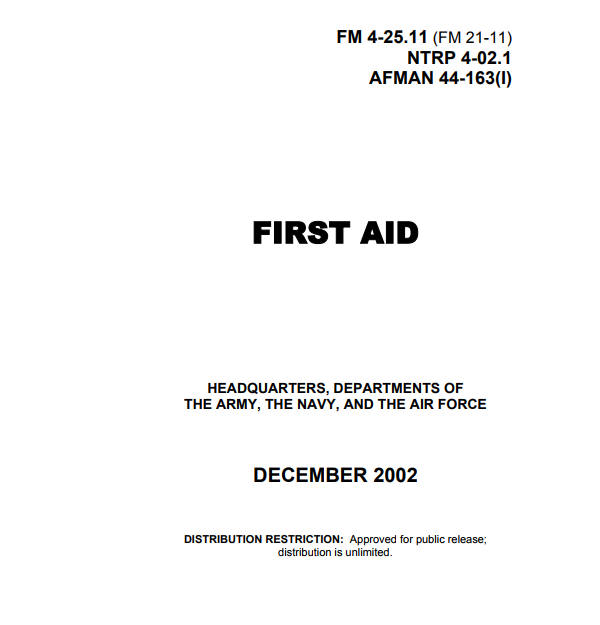Flour dust is a hazardous substance. Workers in baking-related jobs may inhale flour dust when it becomes airborne. The dust can irritate the respiratory tract and lead to occupational asthma, also known as baker’s asthma. The health problems can develop over 30 years. Flour dust can also cause an explosion.

How workers are exposed
Workers in the baking industry constantly handle flour. Some of the activities that create high concentrations of airborne flour dust include:
- Loading flour and other ingredients into mixers
- Dusting flour onto baking surfaces
- Dry sweeping flour dust from shelving or the floor
- Disposing of empty flour bags
The chances of creating airborne flour dust increase greatly in large operations that use or produce a lot of flour. These large operations could be:
- Commercial bakeries
- Grinding mills
- Packaging plants
The risks
There are two main dangers when flour dust is present:
- Inhalation
- Combustion and explosion
The health effects of inhaling flour dust depend on the concentration of the airborne flour and how long you’ve been exposed to it. Frequent low-level exposure might not create symptoms for up to 30 years. Flour may contain artificial sweeteners, flavouring, or colouring. These ingredients can further irritate your respiratory tract.
The health effects of inhaling flour dust can be:
| Short-term exposure |
|
| Long-term exposure |
|
Like any organic matter, flour is combustible if ground down finely enough. If the concentration of airborne flour dust is just right, and the dust is in a confined area, a simple spark could cause a large explosion.
How to reduce the risks
The most effective way to reduce the risk of exposure to flour dust is to eliminate the source of exposure. If that’s not possible, there are other risk controls to use. When choosing risk controls, start by asking yourself the questions in the following steps. The steps are listed in order of effectiveness.
- Elimination or substitution
This involves eliminating the hazard by substituting a safer process or material, where possible. It is the most effective control. A question to consider:
- Can a process that generates less flour dust be used?
- Engineering controls
Making physical modifications to facilities, equipment and processes can reduce exposure. Some questions to consider:
- Can a flour dust extraction system be installed?
- Can ventilation be improved?
- Can a HEPA vacuum be used for cleaning?
- Administrative controls
These include changing work practices and work policies. Providing awareness tools and training also count as administrative controls. All can limit the risk of flour dust exposure. Some questions to consider:
- Have you developed a written exposure control plan for flour dust?
- Can warning signs be posted in the work area?
- Can safe procedures be posted, reminding workers how to minimize the spread of dust, load mixing bowls, and dispose of used flour bags?
- Can cleaning practices be improved and done more regularly?
- Personal protective equipment
This is the least effective control. When used, there must always be at least one other control in place as well. Some questions to consider:
- Do workers have the proper respirators for use during cleanup and dusty short-term tasks?
- Have respirators been fitted and checked to make sure they are working properly?



